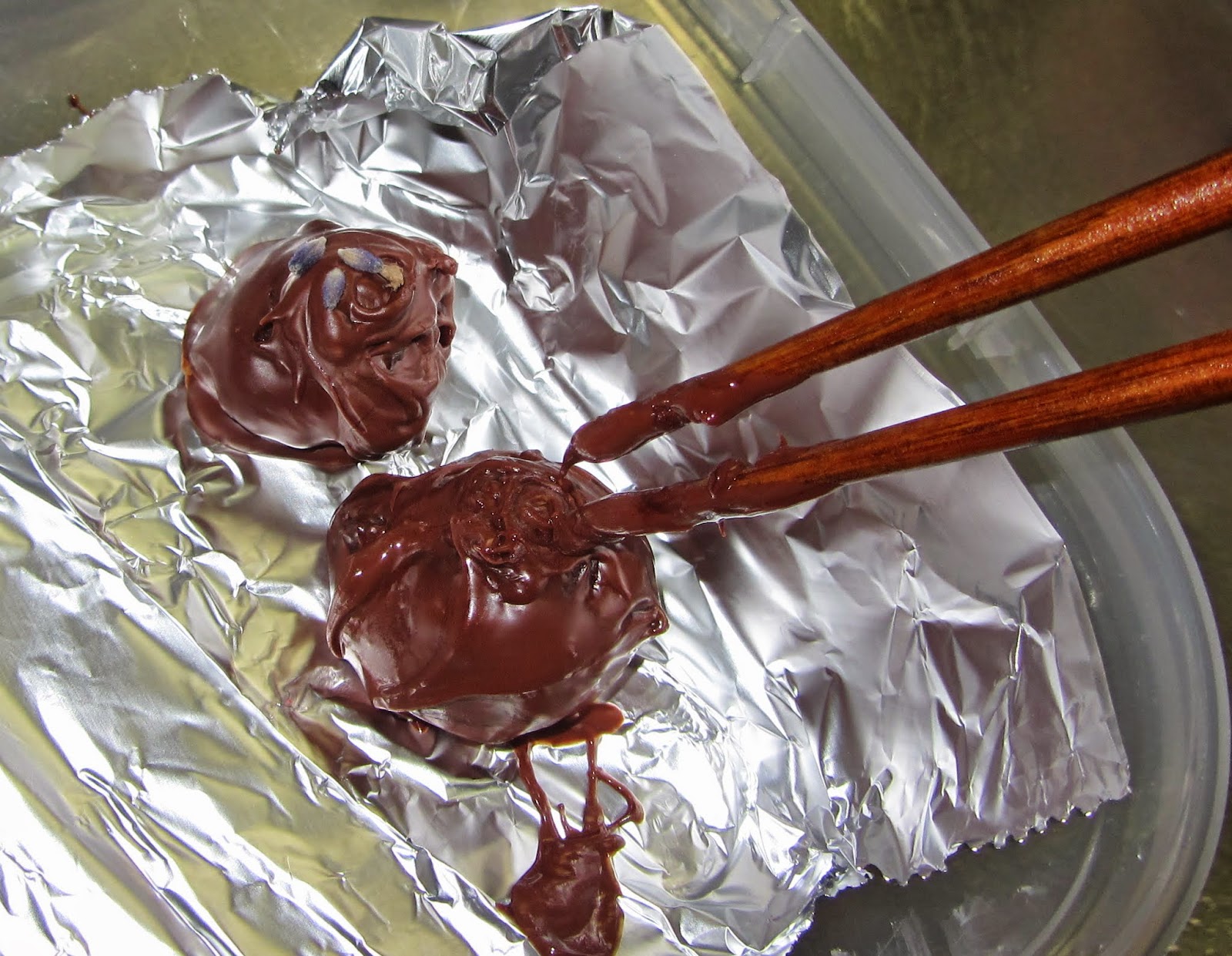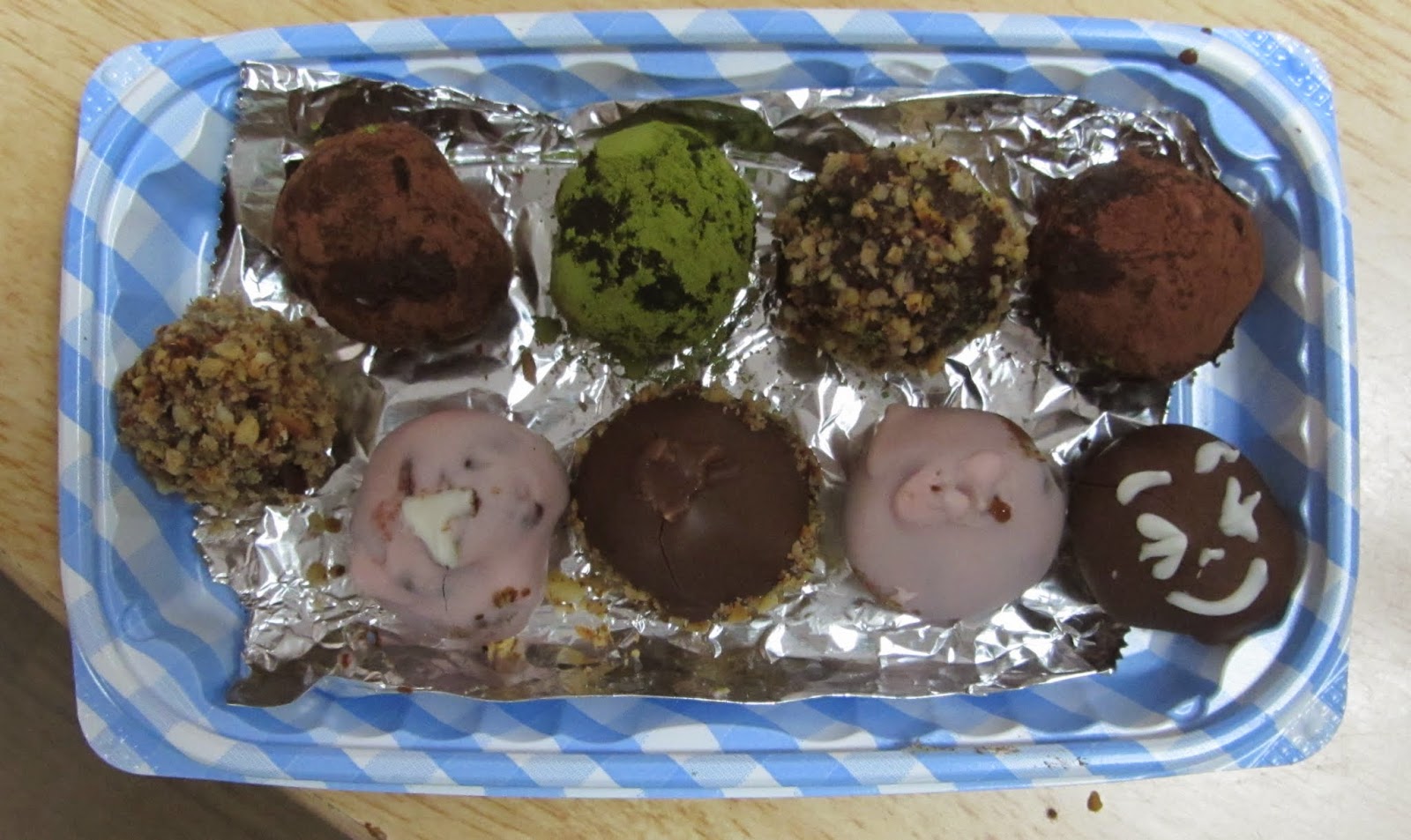Today’s coffee: Rwanda, White Day blend
I’ve had this blog post stewing in my head all week.
Last week’s chocolate event was actually the prelude to a movie night. This time we watched
風立ちぬ (Kaze Tachinu; the English title is
The Wind Rises). This time was a bit unusual: we had 5 newcomers—church kids brought friends!! This also meant that the discussion time was a bit quieter than usual. But then again, it’s usually pretty quiet. We’re still struggling through a major cultural barrier: Japanese schools do not teach children to express their opinions. We started doing movie nights with the youth group because we wanted to teach them to think about the movies, TV, etc. that they watch and engage with them, rather than simply taking them in.
But I digress. Today I mostly wanted to write about the film itself. If you haven’t seen it, watch it now. (Mom and Dad, I’ve had it sent to your house. Other friends in Seattle can borrow it when my parents are done with it. Enjoy!) It’s an amazing, bittersweet, conflicted film. It seems it was a very personal film for the director,
Hayao Miyazaki; it may also be his last film. (Maybe. He already came out retirement once.) If you are from Seattle, you may also find that you recognize someone you know in the protagonist,
Jiro Horikoshi—he’s an aeronautical engineer. He reminds me very much of my maternal grandfather.
 |
| Japanese poster for The Wind Rises |
In the tradition of our movie nights, I’ll even give you some “warm-up” discussion questions and some things to think about while you watch. These are the questions we used last week... translated, of course.
Warm-up questions:
- Do you have a dream? What is it? (Future job, place you want to go, something you want to do, family, etc.) Why is that your dream?
- When you hear the word, "wind," what do you think about?
Things to think about while you watch:
- Wind is treated somewhat as a character throughout the film. What sort of character is it? What sort of roles did it play?
- Who/what did Jiro love?
- What were Jiro's dreams? Did they come true? Was he satisfied?
Spoiler alert from here on. (You’ve seen the movie now, right?)
I’ll start by saying that I feel somewhat conflicted watching this film. (I think provoking conflicted feelings was Miyazaki’s intention, actually.) While the real life Jiro Horikoshi, a genius engineer, was building the
Mitsubishi Zero and its
predecessors here in Japan, my grandfathers were engaged in similar work at Boeing on the other side of the ocean. I have visited Pearl Harbor and
Hiroshima and Nagasaki, where photographs and displays and uniformed staff tried to explain why such atrocities were committed by both Japan and the United States, so I understand (in a very limited way) the results of Jiro’s work, and that of my grandfathers and their colleagues as well.
But Jiro, the film tells us, just wants to make beautiful airplanes. This is also Miyazaki’s paradox: he is an outspoken pacifist who is fascinated with war planes—because war planes are the fastest and most beautiful planes.
I think perhaps for this reason, Miyazaki inserts another aeronautical engineer,
Caproni, into the film. (Seattle people:
Caproni’s work is on display at the Museum of Flight.) Caproni and Jiro meet in their dreams and talk about airplanes—or rather, the ethics of airplanes. “Airplanes are beautiful, cursed dreams,” says Caproni. He has already experienced the devastation of World War I. His dream is to make passenger planes, but the Italian government has him building war planes.
Caproni poses this question to Jiro: “Would you want to live in a world with or without the pyramids?” He explains: the pyramids are great monuments, but they were built at the cost of many lives. What about airplanes? They are beautiful and useful to transport people and cargo. But in the wrong hands, an airplane becomes a weapon. Is it possible to build such a weapon "because it's beautiful" and not take responsibility? Who is responsible, Jiro or the pilots flying the Mitsubishi Zero planes? Or is it the people who gave orders to the pilots? What
should Jiro have done?
The film points out repeatedly that while Jiro and his colleagues used a huge amount of government funding to research and build new airplanes, at the same time, people all around them were unemployed and even starving. The protagonists seem conflicted, but they are still driven by the embarrassing reality that Japanese airplane technology was 20 years behind Germany and the US. Were they perhaps convinced that advancing technology would give average citizens a better life?
To return to the question about the pyramids, we asked our middle school guests what they thought. Would they want to live in a world with or without the pyramids? The looked at us blankly. I made a stab at answering the question: no, I wouldn’t want the pyramids. I wouldn’t want to build an airplane and have it used as a weapon. And I wouldn’t sacrifice my family to make it happen, either. One guest pointed out that without the need for war planes, airplane technology would not develop nearly as fast. Another pointed out that Jiro’s (fictional) wife chose to become a sacrifice in order to help her loved one achieve his dream.
As I listened to others’ thoughts on the subject, I continued mulling over the question in my mind. This question was much bigger than just pyramids or airplanes. Is it possible to do or make anything in this world and not have it misused or misunderstood? Would I really be satisfied with a sterile world devoid of anything that could possibly lead to suffering or abuse? Could such a world even exist?
This “pyramids” question isn’t a black and white question at all. What if there is a third answer? What if there was a way to have a world filled with beautiful things, but without the risk of having them abused?
At the end of the discussion, I answered the question a second time. I said that I wanted a completely different option: God’s world returned to its original state of perfection. God made the world and called it good—all of it. Yet fallen humans abused God’s good world in their selfishness; beautiful dreams became cursed through misuse.
But this is not the end of the story. Jesus gave his life to reconcile the world to himself. His kingdom already exists in the hearts of those who love him, and we wait with expectation for the full coming of his kingdom, when every wrong will be made right. No more will beauty become cursed through sin and selfishness.
The end of the film finds Jiro watching the successful first flight of his prototype; the pilot, his colleagues, and representatives from the military surround him with praise and congratulations, but he doesn’t seem happy at all. In fact, he wasn’t even watching his plane’s maiden flight; he was looking off into the distance towards where his dying wife was. Jiro’s dream has come true, at great expense. Was it worth it?
That’s all from me; feel free to write your thoughts about the film in the comments below. What about you? Would you want to live in a world with or without the pyramids?




































